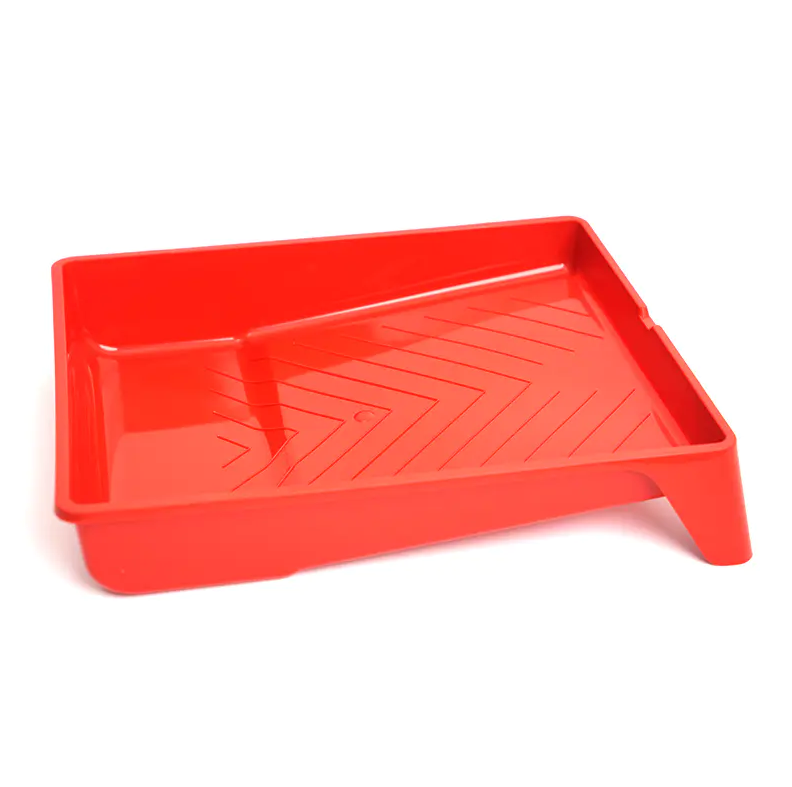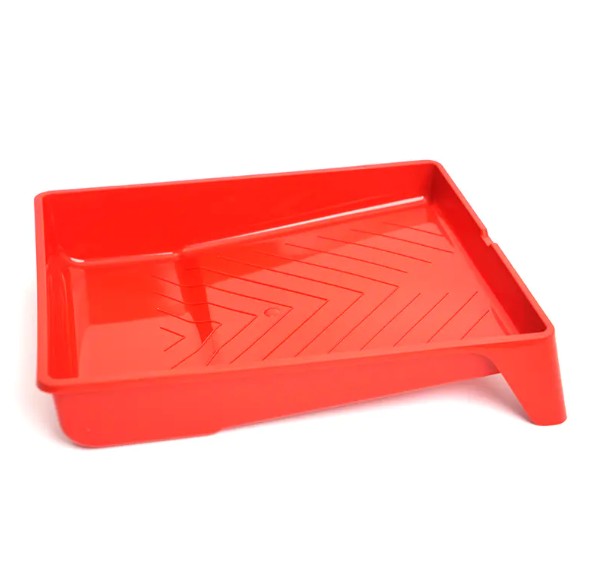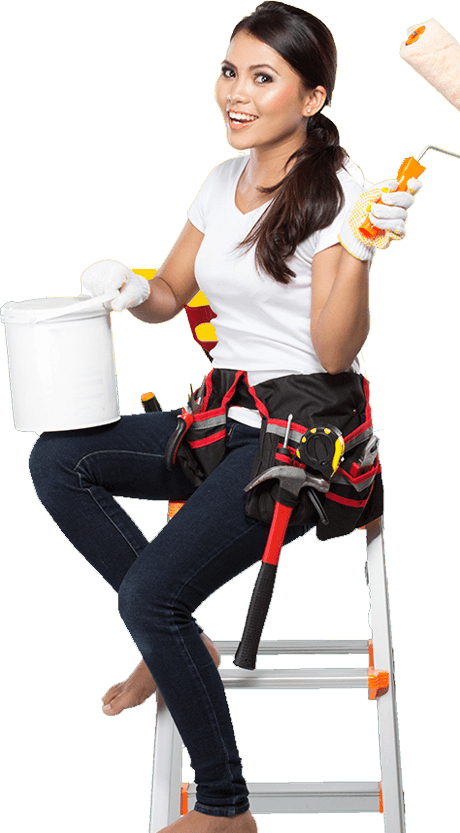In some relatively simple environments, such as ordinary storage spaces, it is used to block dust and debris. If the PE Dust Sheet is not seriously polluted during use, such as not corroded by oil, chemicals, etc., and there is no obvious damage, and it can restore its original dust-proof performance after cleaning, then in theory, it can be considered for reuse.
However, for those environments that require high standards of cleaning and pollution control, such as clean rooms, semiconductor production workshops, and optical device manufacturing sites, these environments have extremely strict requirements for particles and pollutants in the air. In these places, PE Dust Sheets are usually designed for one-time use. This is because even after cleaning, extremely small pollutants may still remain on the surface of the dust cloth. Once these pollutants enter the production environment, they may have a serious impact on product quality and bring the risk of cross-contamination, so reuse is usually not recommended.
There is no fixed standard for the number of times PE Dust Sheets can be reused. It is affected by a combination of multiple factors. The use environment is one of the key factors. If the use environment is relatively clean, with less dust and pollutants, the dustproof cloth will be less polluted and worn, and may be reused more often. On the contrary, if the use environment is harsh, dusty and sharp objects may exist, the dustproof cloth is easily scratched or seriously polluted, and its reuse times will be greatly reduced. The degree of pollution also plays an important role. After proper cleaning, the performance of the dustproof cloth may be restored to a good state after slight dust pollution, and it can be used many times. However, if it is contaminated with oil, chemicals, etc. that are difficult to remove, it is not only difficult to clean, but also the performance of the dustproof cloth may be greatly affected after cleaning, resulting in a limited number of reuses.
In addition, the cleaning and maintenance methods should not be ignored. The correct cleaning method can restore the performance of the dustproof cloth to the greatest extent, thereby increasing the number of reuses. In actual applications, the number of reuses of PE dustproof cloth in different scenarios varies greatly. For example, in the agricultural field, the new material PE weed-proof cloth can be used for four or five years after being laid once because of its characteristics of resistance to stepping and pressure, breathability and water permeability, moisture retention and fertilizer retention. However, it should be noted that this situation is rather special. There may be differences in material, thickness, and use between PE weed-proof cloth and ordinary PE dust-proof cloth. It cannot be simply assumed that all PE dust-proof cloths have such durability.
If you decide to reuse PE dust-proof cloth, you must follow strict cleaning and disinfection procedures. During the cleaning process, you must choose the appropriate detergent. Different pollutants may require detergents of different properties to be effectively removed. At the same time, the cleaning method is also crucial, such as using the appropriate cleaning temperature, pressure, and time to ensure that the dust and stains on the surface of the dust-proof cloth can be completely removed. The disinfection step should not be ignored either. Use a suitable disinfectant and disinfect it according to the prescribed concentration and action time to effectively kill possible residual bacteria and microorganisms and ensure the hygiene of the dust-proof cloth. During reuse, special attention should be paid to avoid cross-contamination.
When cleaning PE dust-proof cloth, you must ensure that all pollutants are thoroughly removed and there should be no residue, otherwise other items or the environment may be contaminated in subsequent use. During storage and transportation, appropriate protective measures should also be taken to keep the dust-proof cloth clean and prevent it from being contaminated again. In order to ensure the reuse effect of PE dustproof cloth, it is necessary to check and maintain it regularly. Regular inspection can timely detect the wear and damage of dustproof cloth, such as checking whether there are holes, tears, aging and other problems. Once a problem is found, timely maintenance should be carried out according to the actual situation, such as repairing small damages, or replacing dustproof cloth that is severely damaged and cannot be restored in time to ensure that it can always play a good dustproof role during use.



 Español
Español







